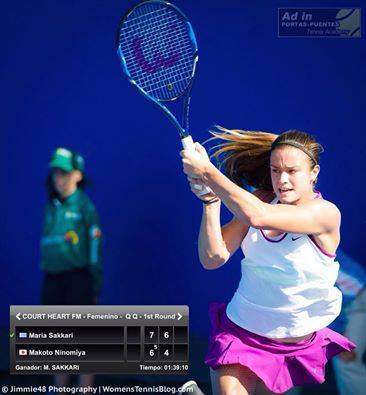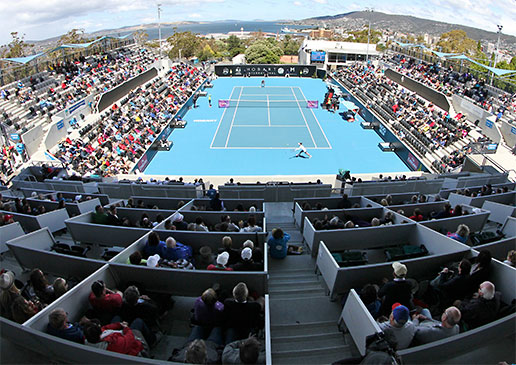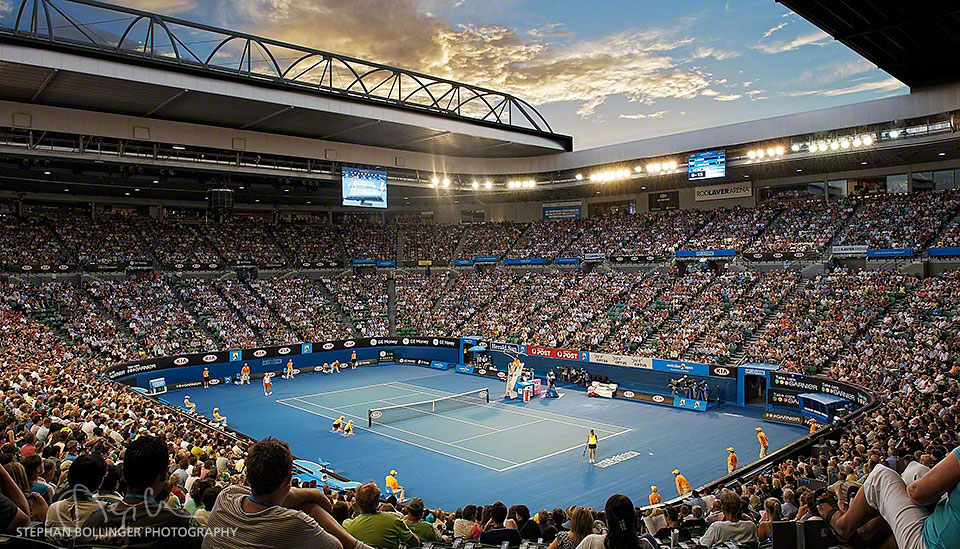Wawrinka Prolongs Chennai Streak
Wawrinka Prolongs Chennai Streak
Swiss will play for fourth title in final
Top seed Stan Wawrinka stretched his Chennai winning streak to 11 matches and 22 sets with a 6-3, 6-4 win over Benoit Paire in the semi-finals on Saturday. The Swiss improved his FedEx ATP Head2Head record against his good friend to 6-1. The pair captured the Chennai doubles title three years ago.
“I thought I played well today and I am happy with my level,” Wawrinka said. “It’s never easy to play against [Paire], but we always enjoy playing against each other, and it’s nice to share this moment with a friend.”
Paire also came into the semi-finals without dropping a set, but the 2011, 2014 and 2015 Chennai champion performed flawlessly against a familiar opponent. Wawrinka struck six aces, saved his only break point faced and broke Paire twice to secure the win in 65 minutes.




 Εκεί κοντά στην περίφημη
Εκεί κοντά στην περίφημη